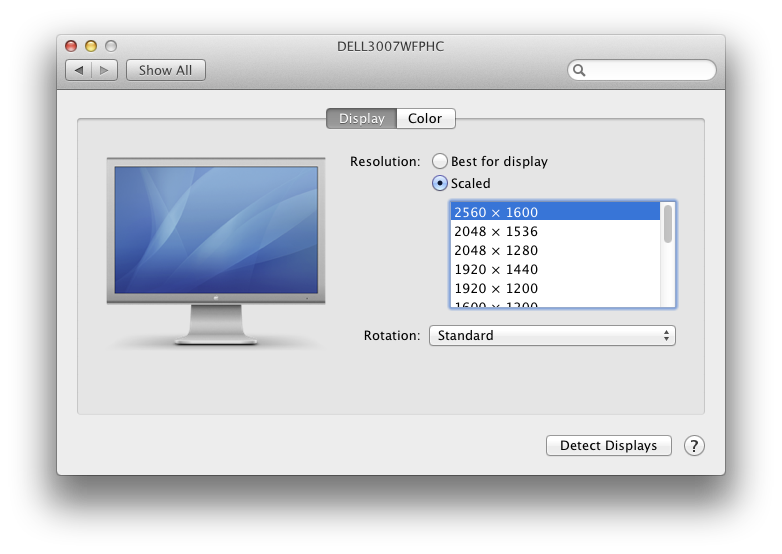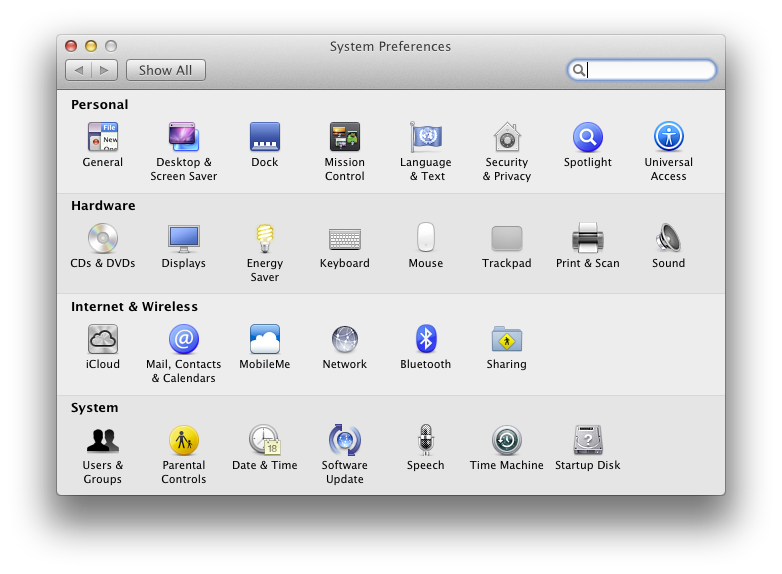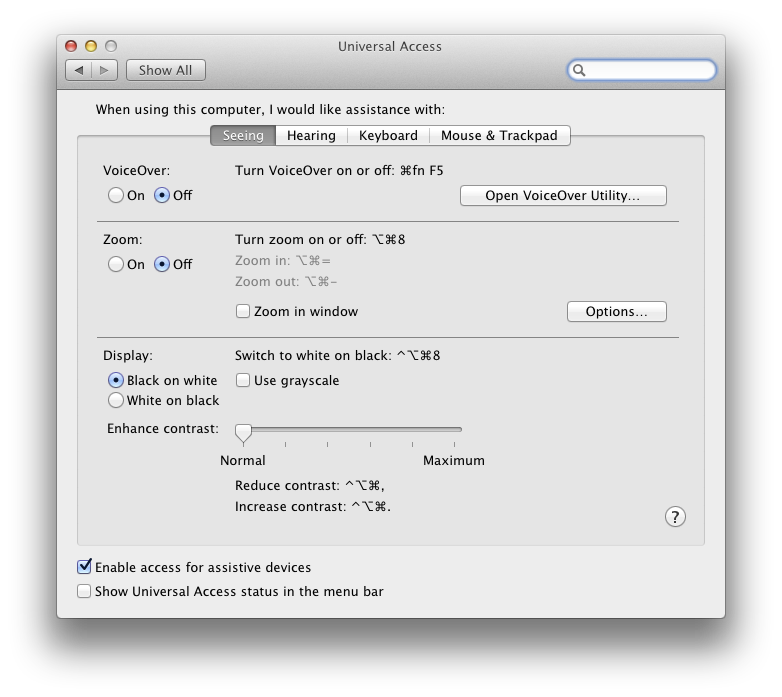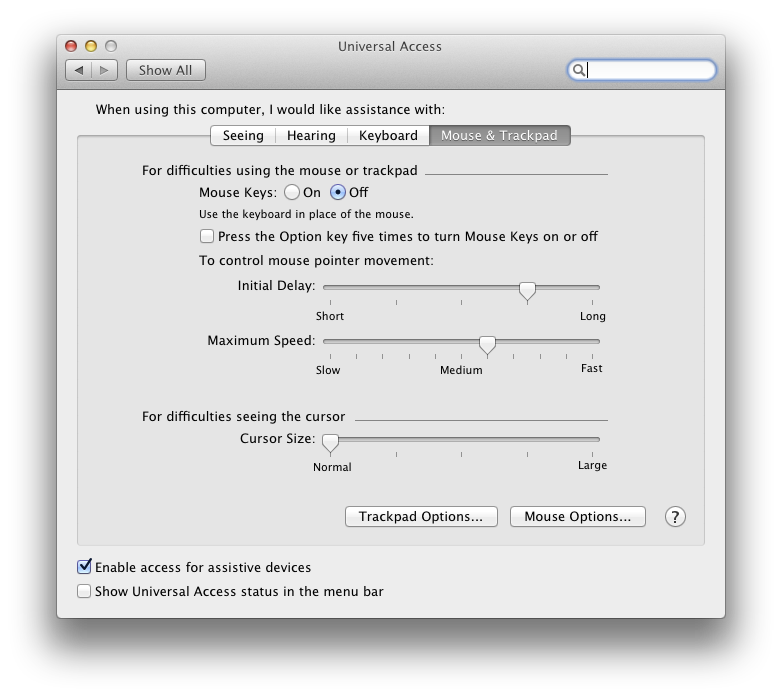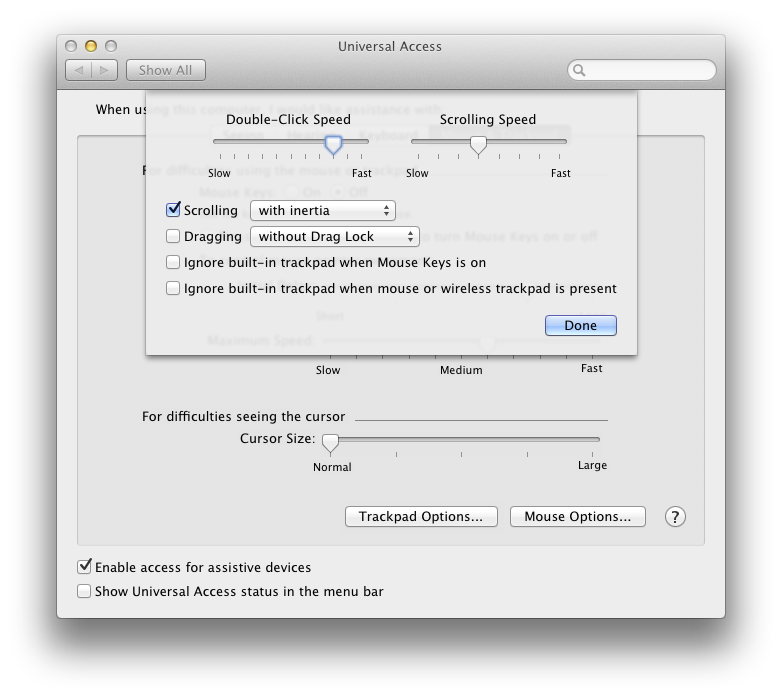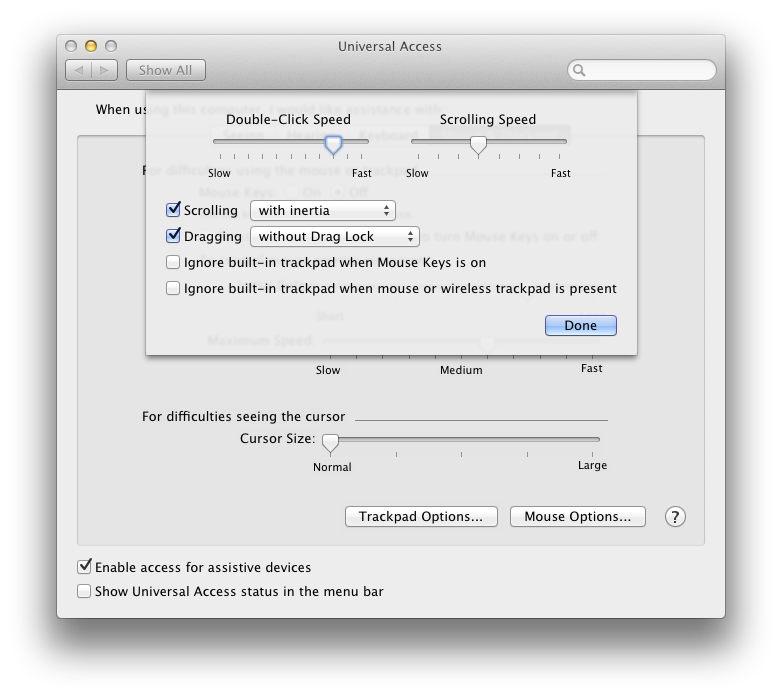A solution in Ruby to the Codehire Cup Preliminary problem in the inaugural Codehire Cup held in September 2012 at the University of Adelaide.
In September 2012, Codehire held the inaugural Codehire Cup in Adelaide, featuring some relatively simple coding problems. Contestants could choose to use C#, Java, JavaScript, PHP, or Ruby to submit solutions through a web-based interface. Fastest contestant wins.
The Problem
The Codehire Cup Preliminary problem read:
A train travels from point A to point B, C, D and so on. The travel between two points is a straight line and can be described as a vector (heading and distance). Heading can be any of N, S, E, W, NE, SE, SW or NW (referring to points on the compass) and distance is an integer in km.
The train’s travel can be read from input in the following format:
(<start point>:<end point>)[<heading>:<distance>],(<start point>:<end point>)[<heading>:<distance>],...For example:
(A:B)[N:100],(B:C)[NW:50],(C:D)[E:75]Your program should calculate the distance the train has traveled as the crow flies (i.e.; a straight line) between the first point encountered and the last (in this case between points A and D).
Simply write your result in km as a rounded integer converted to a string.
Eg:
output.write("100")
The Solution
This is a simple vector addition problem, so the order that you add the individual hops and the names and locations of the stops are unimportant.
angles = { "SW" => -135, "W" => -90, "NW" => -45, "N" => 0,
"NE" => 45, "E" => 90, "SE" => 135, "S" => 180 }
x, y = 0, 0
input.scan /\[(.*?):(.*?)\]/ do |heading, dist|
angle = angles[heading] * Math::PI / 180
x += dist.to_i * Math.cos(angle)
y += dist.to_i * Math.sin(angle)
end
output << Math.hypot(x, y).round.to_s
Because we treat the problem as a vector addition problem, we assume that the input string specifies a valid route.
For example, the solution does not check if the train travels from A to B, and then from C to D. The algorithm should return an error given such an input ordinarily, but under contest conditions there is not time for such checks unless they are explicitly required.
More Codehire Cup Solutions
- Practice Challenge Solution
- Codehire Cup Preliminary Solution
- Cup Semi-final Solution
- Grand Final Solution

